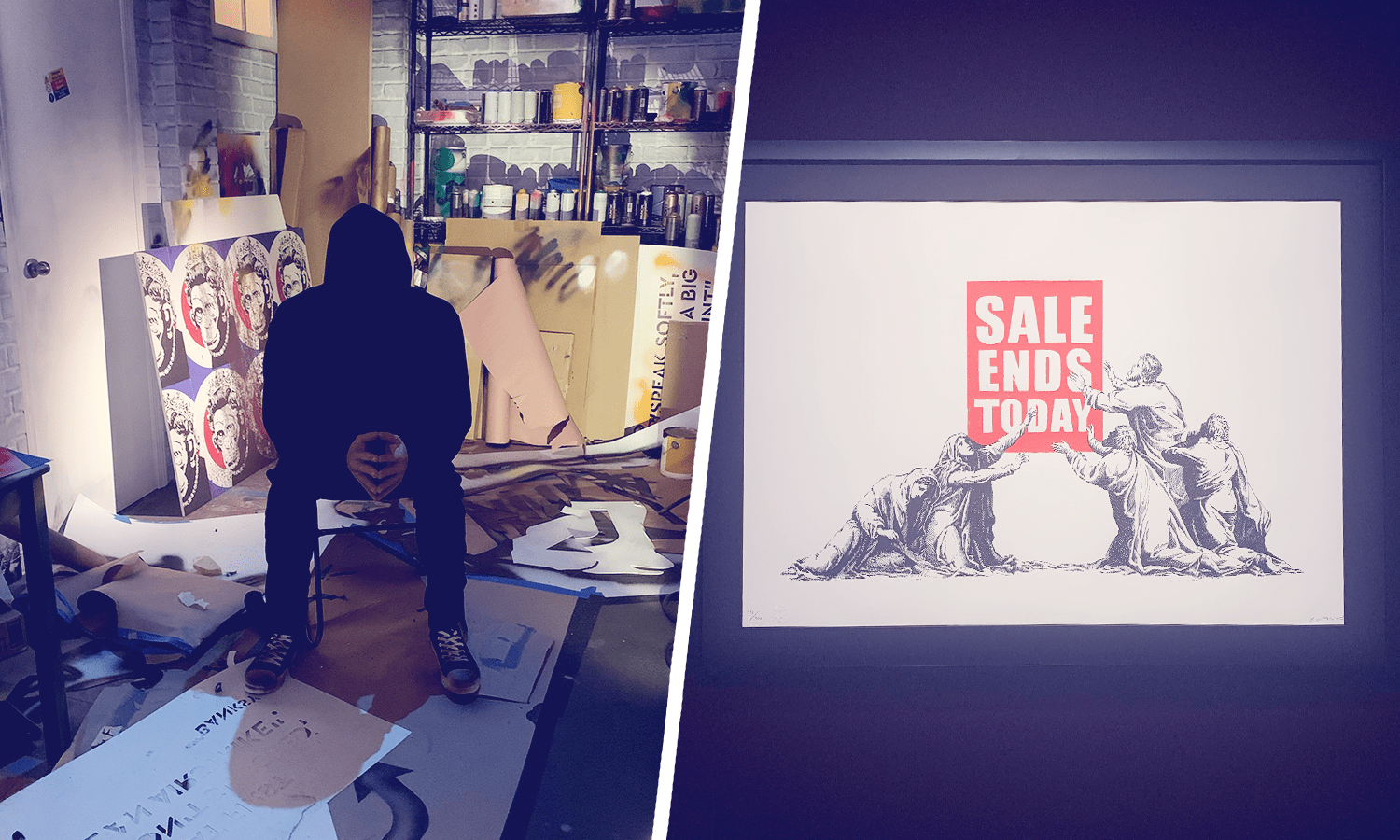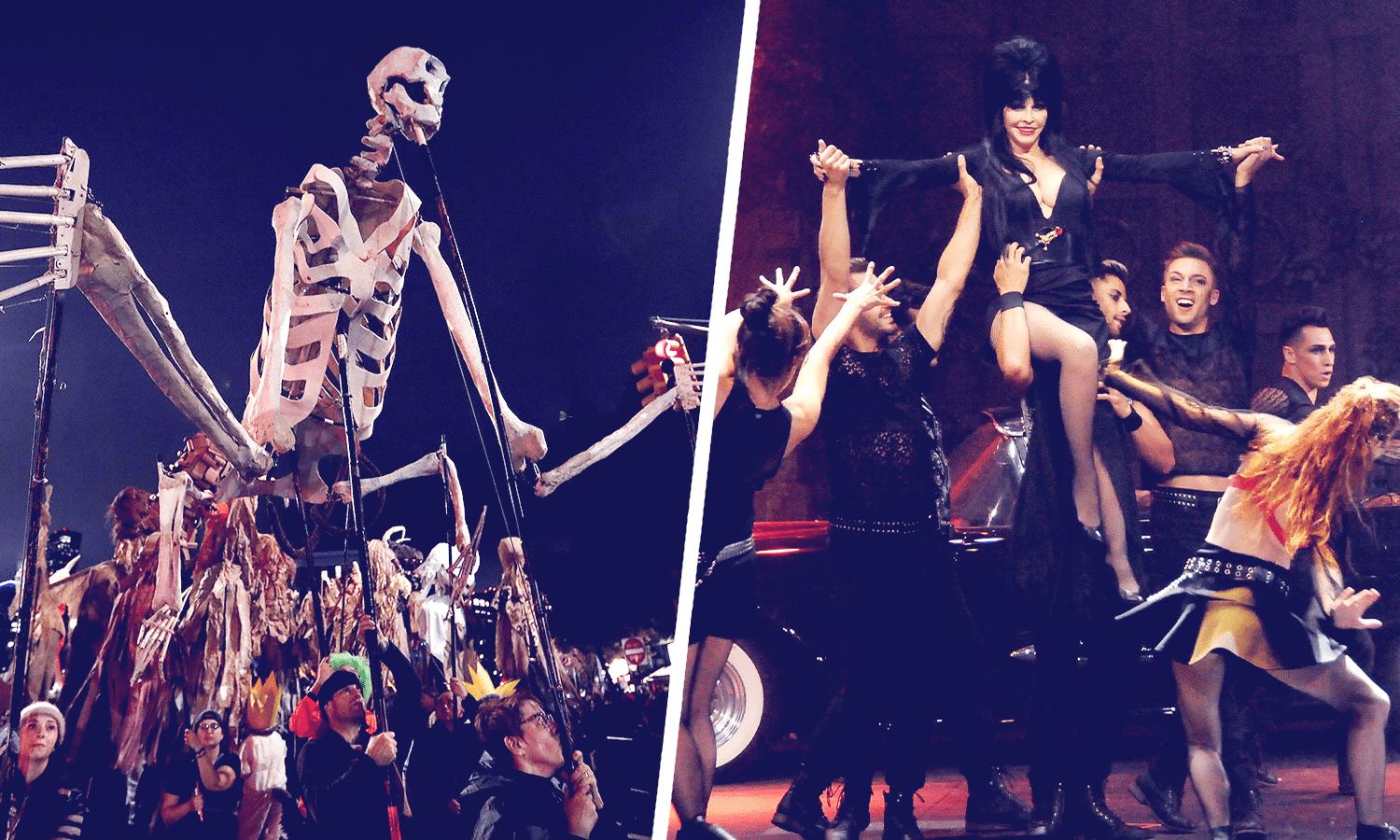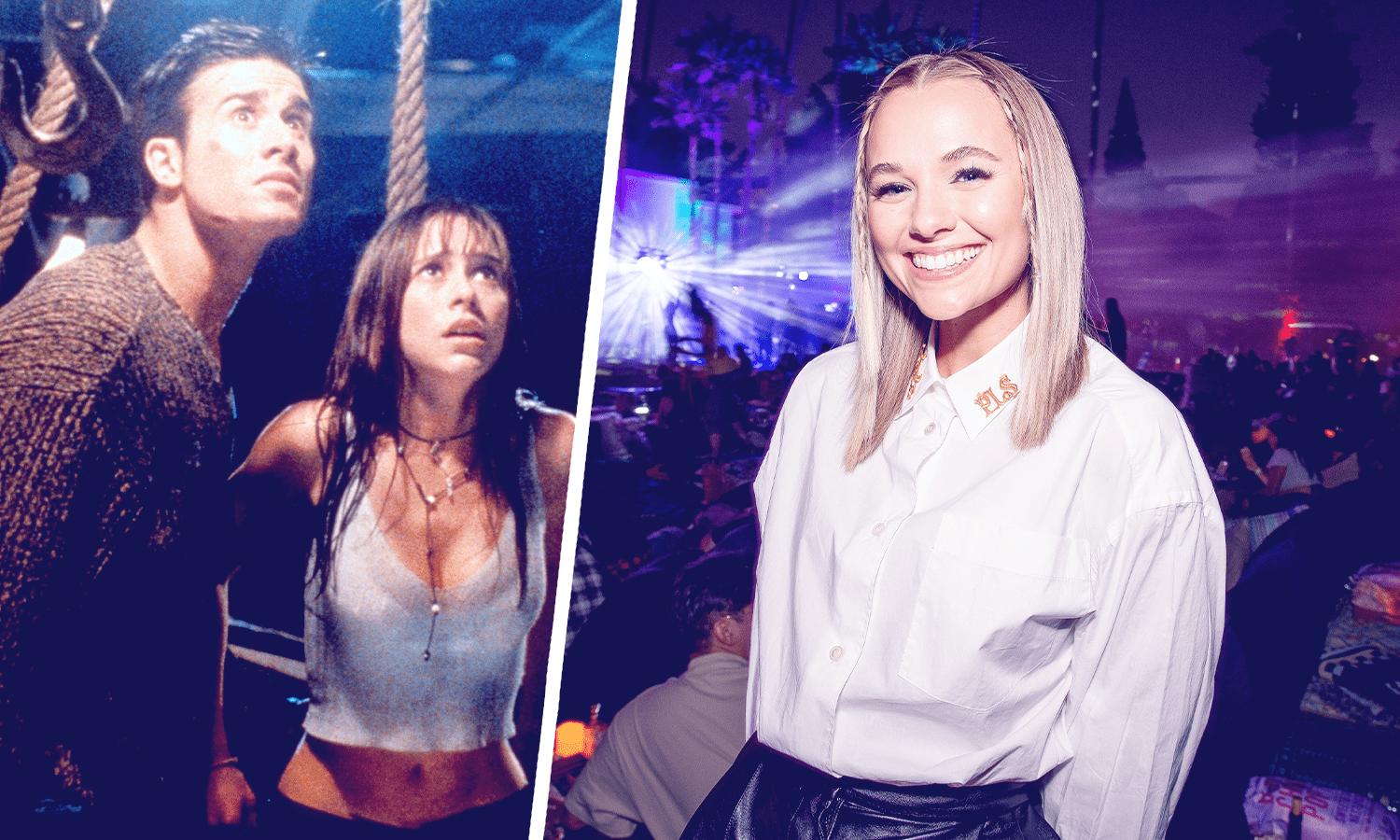New York’s immersive Banksy exhibit: Innovative or gimmicky?

The immersive “Banksy: Genius or Vandal?” exhibit launched in Brussels, Belgium, in the spring, following the international success of the “Immersive Van Gogh” (and later its rival “Van Gogh: The Immersive Experience”). Now Banksy’s snuck its way to the US, with temporary pop-up locations in Los Angeles and New York. Over the course of 2021, Dali, Monet and Picasso also had exhibits launch in their honor as the immersive artist pop-up craze spreads across the globe. Van Gogh’s 19th century works entered the public domain decades ago. This allows his paintings to be adapted into animated immersive projections and VR experiences without authorization from the artist’s estate. On the other hand, “Banksy: Genius or Vandal” suitably declared itself “unauthorized.” It never received permission from the still-anonymous artist. If Banksy had made an appearance, he would almost certainly be underwhelmed. The pop-up is a rough-around-the-edges, 45-minute self-paced museum environment, with two immersive components ripped straight from the Van Gogh experiences: a 360-degree projection room and a VR video. These immersive elements weren't necessarily the highlights, but they did — in a sense — distinguish the experience from being just another pop-up museum. Different rooms divided Banksy’s art thematically and chronologically, with photographs of...


